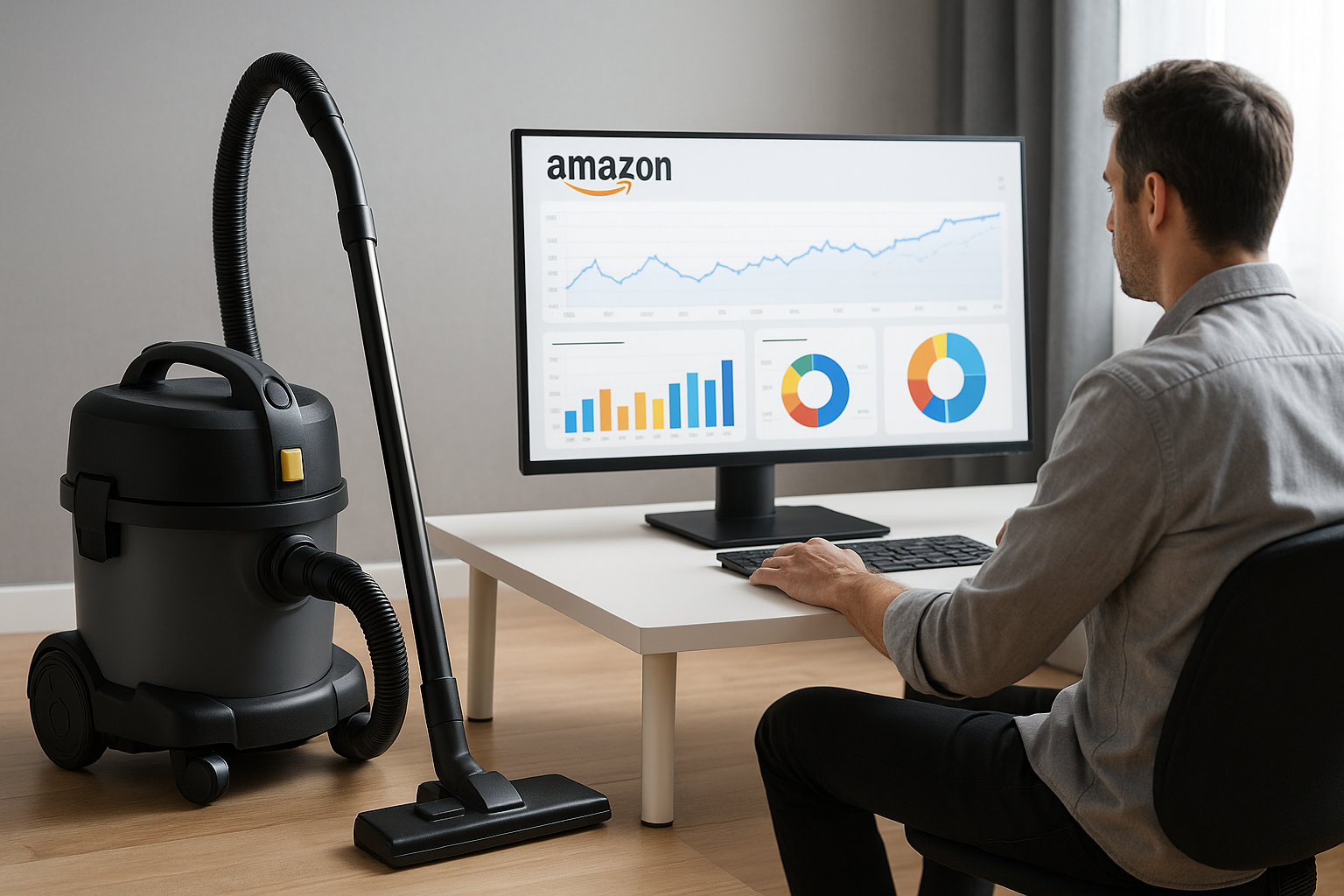Amazon may be known as a consumer marketplace, but its massive data trove offers powerful insights for B2B decision-makers—especially in product categories like vacuum cleaners. From review analysis to trending product configurations, Amazon reveals more than just bestsellers—it reflects market pain points and evolving professional needs.
In recent years, commercial buyers—including cleaning service contractors, facilities managers, and institutional procurement teams—have begun using Amazon as a benchmarking tool. According to Statista, Amazon’s quarterly marketplace revenue has surpassed $100 billion, making it a rich data ecosystem for detecting shifts in preference. The comment sections of high-volume vacuum SKUs often highlight unmet needs in industrial durability, battery longevity, and ergonomic handling.
For example, keyword trends pulled from Amazon’s A9 algorithm reveal surging demand for models featuring “quiet,” “cordless,” and “multi-surface.” This aligns with the rise in distributed workforce cleaning—such as contract janitors or mobile vehicle detailers—where equipment like a quiet vacuum cleaner or Cordless Vacuum Cleaner is favored for noise-sensitive environments. Amazon Science even details how algorithmic shifts are driven by contextual demand signals.
Beyond product attributes, reviews also act as usability studies at scale. Buyers commonly highlight pain points around docking stations, replacement filter availability, and poor international manuals. For example, when evaluating units like wet dry vacuum models for garages or industrial kitchens, reviews consistently stress the need for powerful suction and easy maintenance. These observations align with findings from the International Facility Management Association (IFMA), which notes a growing buyer preference for low-disruption, high-output tools in commercial spaces.
Perhaps most revealing are the hybrid models—products that are technically consumer-grade but find widespread use in small businesses. Amazon shows that B2B buyers often “test” new SKUs through personal purchases, then scale up if performance holds. In fact, reviews of Car Vacuum Cleaner units frequently come from fleet owners or mobile technicians. That feedback loop creates a soft pilot environment that traditional B2B sales channels lack.
Ultimately, Amazon reflects not just product trends—but market behavior. Commercial clients are increasingly favoring machines with strong suction power, portable yet sturdy design, whisper-quiet operation, built-in self-cleaning systems, multifunctional capability, robust construction, rapid deployment readiness, lightweight frames, energy-efficient performance, and reliable wet/dry handling capacity—the culmination of which defines a truly versatile and professional vacuum cleaner.
To anticipate where commercial vacuum needs are heading next, start by analyzing where they’re reviewed first—Amazon. For broader strategic insights, visit www.lxvacuum.com.

















